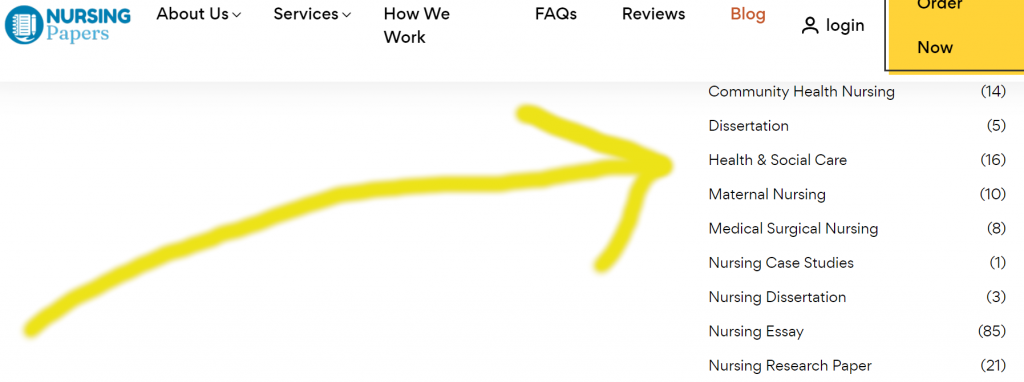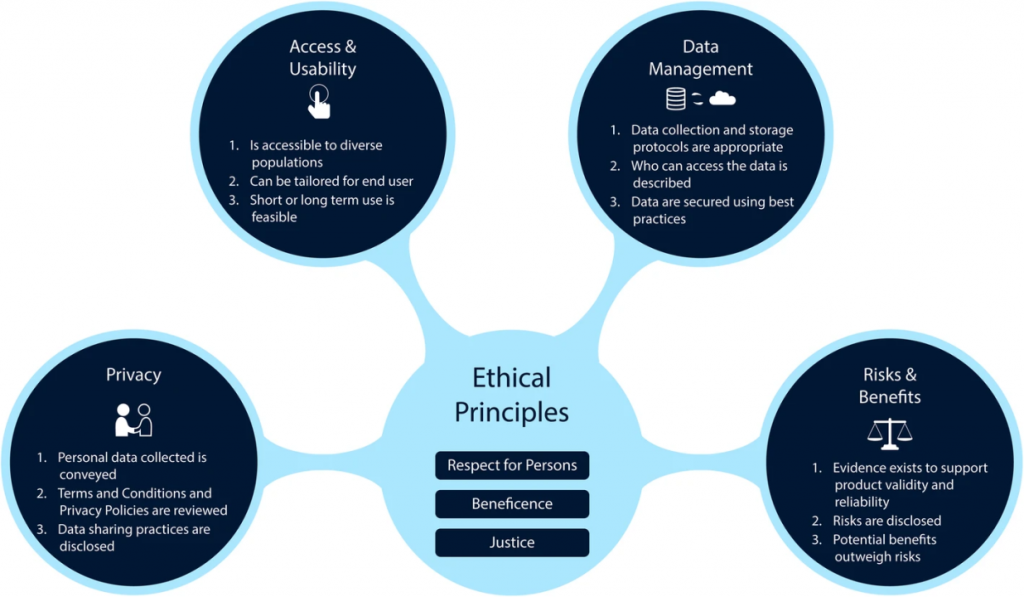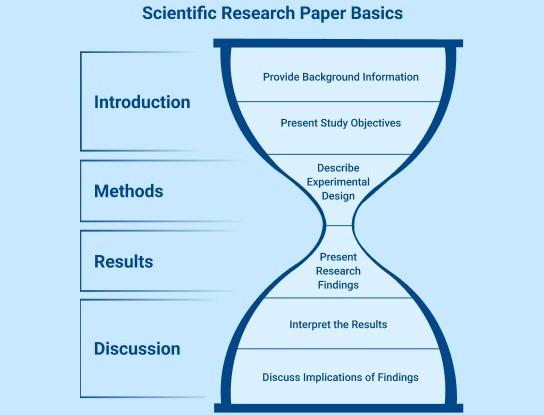The world of nursing is dynamic, constantly evolving with new research, best practices, and advancements. This dynamism translates to the academic sphere, where students and professionals are tasked with conducting nursing paper research to navigate the complexities of the field.
However, the sheer volume of information and the nuanced nature of healthcare can make the process seem daunting. This article aims to equip aspiring researchers with definitive steps to conduct nursing paper research effectively, transforming the process from a labyrinth into a well-trodden path.
The Road to Effective Nursing Paper Research
Step 1: Defining the Research Question:
The foundation of any successful nursing paper research lies in a clearly defined research question. It's the guiding star that navigates the research journey. To formulate a robust question, consider these aspects:
- Relevance: The question should address a significant issue in nursing practice, patient care, or healthcare policy.
- Specificity: Avoid overly broad questions; instead, focus on a specific aspect within a larger topic. For example, instead of "How can we improve patient satisfaction?", consider "What impact does bedside manner training have on patient satisfaction in the emergency department?".
- Feasibility: Ensure the question can be answered within the limitations of time, resources, and available data.
- Ethical considerations: The research question should not pose any ethical concerns or violate patient privacy.
Step 2: Conducting a Comprehensive Literature Review:
Once the research question is defined, a thorough literature review becomes crucial. This step involves systematically searching, evaluating, and synthesizing existing knowledge on the topic. The literature review serves multiple purposes in nursing paper research:
- Identifying gaps in knowledge: This highlights areas where further research is needed.
- Understanding the context of the research question: It provides a theoretical framework and identifies relevant concepts and variables.
- Discovering existing methodologies and instruments: This informs the research design and data collection methods.
Strategies for a Comprehensive Literature Review:
- Utilize multiple databases: Explore specialized databases like CINAHL (Cumulative Index to Nursing and Allied Health Literature), PubMed and Nursing Papers alongside general databases like Google Scholar.

- Use appropriate keywords and Boolean operators: Refine searches with specific keywords and combine them using "AND," "OR," and "NOT" operators.
- Evaluate the quality of sources: Focus on peer-reviewed journal articles, credible websites from reputable organizations, and government reports.
- Synthesize findings: Organize the information retrieved, identify patterns, and draw conclusions from the existing research.
Step 3: Developing a Research Design:
The research design serves as a blueprint for the entire nursing paper research process. It outlines the methods used to collect and analyze data, ensuring the research is conducted systematically and ethically. Key elements of a research design include:
- Study type: Determine the most appropriate approach, such as quantitative, qualitative, or mixed methods.
- Sampling method: Select a representative sample of participants based on the research question.
- Data collection techniques: Choose appropriate tools, including surveys, interviews, observations, or chart reviews.
- Data analysis methods: Select statistical or qualitative analysis techniques to interpret the findings.
- Ethical considerations: Ensure the research adheres to ethical guidelines, protecting participants' rights and privacy.
Step 4: Collecting Data:
Once the research design is finalized, the next step involves gathering data. The methods used will depend on the chosen research design and data collection techniques.
Key considerations for data collection:
- Reliability and validity: Ensure the chosen methods produce accurate and consistent results.
- Data quality: Maintain rigorous standards for data collection, ensuring completeness, accuracy, and consistency.
- Informed consent: Obtain informed consent from participants, clearly explaining the study's purpose and potential risks and benefits.
- Confidentiality and anonymity: Protect participants' identities and ensure confidentiality of their data.
Step 5: Analyzing Data:
After data collection is complete, the next phase involves analyzing the data according to the chosen research design and methods. This step aims to extract meaningful insights and answer the research question.
Key approaches to data analysis:
- Quantitative data: Use statistical software to analyze numerical data, identifying trends, relationships, and differences.
- Qualitative data: Employ thematic analysis or other qualitative techniques to interpret textual or observational data, identifying patterns and themes.
Step 6: Interpreting Findings:
Data analysis leads to findings that need to be carefully interpreted in the context of the research question and the broader literature. This step involves:
- Drawing conclusions: Identify the main findings and their implications for nursing practice, policy, or further research.
- Discussing limitations: Acknowledge any potential biases, limitations in the study design, or sampling methods.
- Making recommendations: Suggest practical implications for nursing practice, patient care, or future research.
Step 7: Disseminating Findings:
The final step involves disseminating the findings of the nursing paper research to the relevant audience. This can be done through:
- Writing a research paper: Follow established guidelines for writing a scientific paper, including introduction, methods, results, discussion, and conclusion sections.
- Presenting at conferences: Share the findings with peers and experts in the field.
- Publishing in academic journals: Submit the research paper for peer review and potential publication.
Ethical Considerations in Nursing Paper Research
Ethical considerations are paramount in nursing paper research. Researchers must adhere to ethical guidelines to protect participants, ensure scientific integrity, and maintain public trust. Key ethical principles include:
- Beneficence: The research should benefit participants and society while minimizing risks.
- Non-maleficence: The research should not harm participants or expose them to unnecessary risks.
- Autonomy: Participants should be informed about the study and given the right to consent or decline participation.
- Justice: The benefits and risks of the research should be distributed fairly among participants.

Importance of Nursing Paper Research:
Nursing paper research is crucial for advancing the field of nursing. It provides evidence-based knowledge that informs best practices, improves patient care, and promotes patient safety. Here's why it's vital:
- Informed decision-making: Research findings provide nurses with the knowledge to make informed decisions about patient care and clinical interventions.
- Improvement of patient outcomes: By identifying effective interventions and best practices, research can lead to better patient outcomes.
- Advocacy for patients: Research helps to identify and address health disparities and promote patient advocacy.
- Advancement of the field: Research generates new knowledge and expands the body of evidence in nursing practice.
Tips for Success:
- Start early: Don't wait until the last minute to begin your research.
- Break down the task: Divide the research process into manageable steps to avoid feeling overwhelmed.
- Seek guidance: Consult with professors, mentors, or research advisors for support and direction.
- Stay organized: Use a research log or notebook to track your progress, sources, and ideas.
- Manage your time effectively: Set deadlines for each step of the research process and stick to them.
- Be persistent: Research can be challenging, but persistence and dedication are key to success.
Common Mistakes to Avoid in Nursing Paper Research
While nursing paper research is essential for advancing the field, it's also prone to pitfalls that can undermine the validity and impact of research findings. Avoiding these common mistakes ensures that your nursing paper research stands on solid ground, contributing meaningfully to the advancement of nursing knowledge.
1. Failing to Define a Clear Research Question:
A poorly defined research question is the foundation of a flawed research project. Without a clear focus, the entire nursing paper research process can become unfocused and lead to irrelevant or unanswerable findings.
Common Mistakes:
- Overly broad questions: Questions that encompass too vast a scope are difficult to address adequately.
- Vague or ambiguous wording: Use precise language to avoid confusion and ensure the question is understood by all stakeholders.
- Lack of relevance to current practice: Ensure the question tackles a significant issue relevant to current nursing practices or knowledge gaps.
2. Insufficient or Biased Literature Review:
A thorough and objective literature review is crucial for nursing paper research, providing context and identifying knowledge gaps. However, common mistakes can weaken the foundation of your research:
Common Mistakes:
- Limited search strategy: Restricting the search to a few databases or keywords can miss critical studies and limit the scope of your understanding.
- Selection bias: Focusing solely on studies supporting your initial hypothesis can lead to a biased and inaccurate representation of the existing literature.
- Insufficient evaluation of source quality: Relying on unreliable sources like websites or blog posts without verifying their credibility can undermine the validity of your research.
3. Choosing an Inappropriate Research Design:
The research design should align with the research question and chosen methods. Mistakes in this step can lead to flawed data collection and analysis.
Common Mistakes:
- Mismatched design and methods: A qualitative question paired with a quantitative design, or vice versa, will yield unreliable results.
- Insufficient sample size: A small sample may not represent the target population accurately, leading to inaccurate generalizations.
- Sampling bias: Using a non-random or convenience sample can limit the generalizability of the findings.
4. Data Collection Errors:
Data collection is the heart of nursing paper research, and mistakes here can directly impact the validity of the findings.
Common Mistakes:
- Lack of standardized procedures: Inconsistencies in data collection methods can introduce bias and reduce the reliability of the results.
- Insufficient data quality control: Failure to validate data for accuracy and completeness can lead to incorrect analysis and misleading conclusions.
- Ethical violations: Failing to obtain informed consent, ensuring confidentiality, or minimizing risks to participants can have severe consequences.
5. Incorrect Data Analysis and Interpretation:
The analysis and interpretation of data are crucial for extracting meaningful insights. Mistakes can lead to misinterpretations and erroneous conclusions.
Common Mistakes:
- Using inappropriate statistical tests: Choosing the wrong statistical tests for the data type or research question can produce invalid results.
- Over-interpreting data: Drawing conclusions beyond what the data actually supports can lead to misinterpretation and inaccurate claims.
- Ignoring limitations: Failing to acknowledge the limitations of the study design or data collection methods can diminish the value of the findings.
6. Poorly Written Research Paper:
A well-written research paper effectively communicates findings and ensures their impact.
Common Mistakes:
- Lack of clarity and organization: Poorly structured writing with unclear arguments and confusing language hinders readability.
- Insufficient supporting evidence: Failing to adequately cite sources and provide evidence for claims weakens the credibility of the research.
- Plagiarism: Using someone else's work without proper attribution is a serious ethical violation.

7. Failure to Disseminate Findings:
The final stage of nursing paper research involves disseminating findings to relevant audiences. Failing to do so limits the potential impact of the research.
By diligently avoiding these common mistakes, researchers can enhance the rigor, reliability, and impact of their nursing paper research. A well-executed research project will contribute meaningfully to the advancement of nursing knowledge, improving patient care and shaping the future of the profession.
Final Thoughts
Conducting effective nursing paper research requires a methodical and rigorous approach, guided by ethical principles and a passion for advancing the field. By following the definitive steps outlined in this article, aspiring researchers can navigate the labyrinth of information and produce impactful research that contributes to better patient care and a more robust nursing profession. Nursing paper research is not just an academic exercise; it's a vital tool for improving the lives of patients and shaping the future of healthcare.
Get the Best Help with Nursing Papers
At Exemplary Dissertations, we provide customized nursing paper help for undergraduate, Degree, Master’s and Doctoral students. Our service covers topic suggestion, paper writing, proofreading, editing, formatting and plagiarism removal. Do not hesitate to talk to us for professional research paper, essay, dissertation and case study writing help.